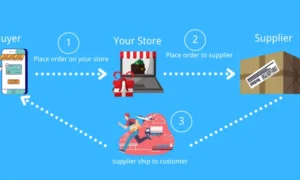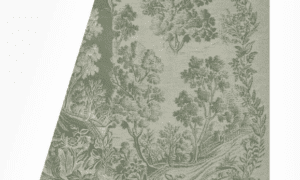Introduction
Polkadot has emerged as a trailblazer with its innovative approach to interoperability. One of the key components that sets Polkadot apart is its parachain auctions. In this article, we will delve into the nitty-gritty of Polkadot’s parachain auctions, providing you with a comprehensive understanding of this groundbreaking concept of blockchian.
What are Parachains?
Before we plunge into the intricacies of parachain auctions, let’s first grasp the fundamental concept of parachains. In the Polkadot ecosystem, parachains are individual blockchains that run parallel to the main relay chain. These parachains enable seamless communication and data transfer between different blockchains within the Polkadot network, fostering a highly interconnected and interoperable environment.
The Significance of Parachain Auctions:
Parachain auctions play a pivotal role in determining which projects can secure a slot as a parachain on the Polkadot network. The auction process is designed to be fair, transparent, and decentralized, allowing projects of varying sizes and scopes to participate on an equal footing. Polkadot’s commitment to decentralization is reflected in its innovative approach to parachain slot allocation.
How Do Parachain Auctions Work?
The process begins with a crowdloan, where supporters can contribute DOT tokens to back their favorite projects. These DOT tokens are locked in a smart contract and serve as collateral during the auction. The projects with the highest amount of DOT backing within a specified timeframe secure the coveted parachain slots.
The auction mechanism operates on a lease-based model, with parachain slots allocated for a predetermined period. The winning projects gain the right to utilize the parachain resources during this lease period. At the end of the lease, the slot becomes available for other projects to bid on, fostering a dynamic and competitive ecosystem.
Benefits of Parachain Auctions:
Decentralization: By allowing projects to compete for parachain slots through auctions, Polkadot ensures a decentralized and inclusive network where no single entity holds undue influence.
Innovation:
The auction model encourages innovation by providing a level playing field for projects of all sizes. This fosters a diverse range of applications and use cases within the Polkadot ecosystem.
Community Involvement:
Parachain auctions are not just about securing slots; they also involve community participation through crowdloans. This engagement strengthens the bond between projects and their supporters.
Challenges and Considerations:
While parachain auctions bring numerous benefits, it’s essential to acknowledge the challenges and considerations associated with this innovative approach. One notable aspect is the potential for high bidding competition, which can drive up the cost of securing a parachain slot. This may pose a barrier for smaller projects with limited resources.
Additionally, the lease-based model raises questions about the long-term sustainability of projects on the Polkadot network. As leases expire, projects must continually secure funding and support to maintain their presence as parachains.
Looking to the Future:
As Polkadot’s ecosystem continues to evolve, parachain auctions will likely undergo refinements and optimizations. The community-driven nature of Polkadot ensures that the network remains adaptive and responsive to the needs of its users.
Conclusion
Polkadot’s parachain auctions represent a pioneering approach to blockchain interoperability and resource allocation. By combining decentralized governance, community participation, and innovative auction mechanisms, Polkadot is shaping the future of blockchain technology. As the ecosystem matures, the impact of parachain auctions on the broader blockchain landscape is poised to be profound. Stay tuned as Polkadot continues to push the boundaries of what is possible in the world of decentralized networks.


































